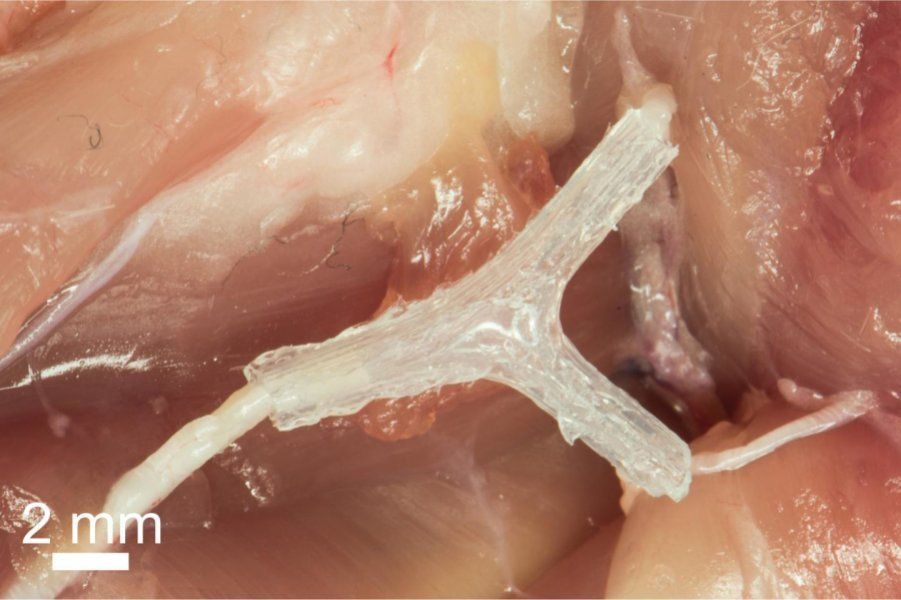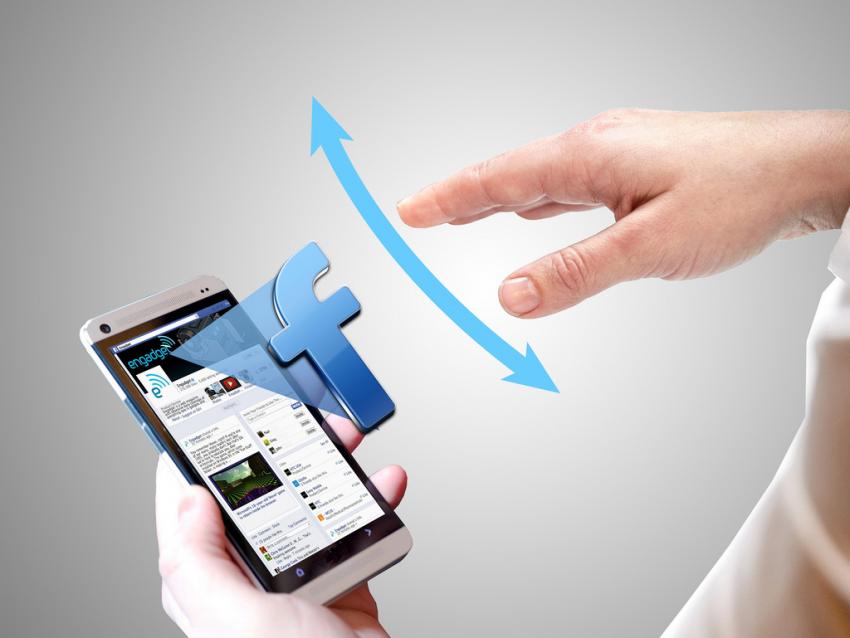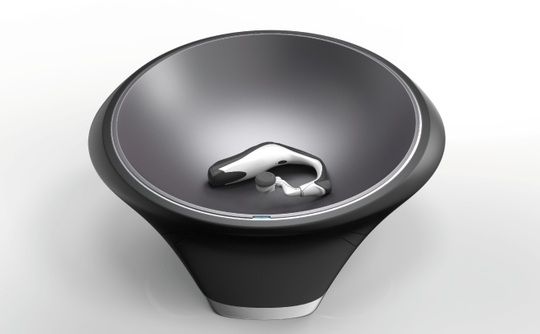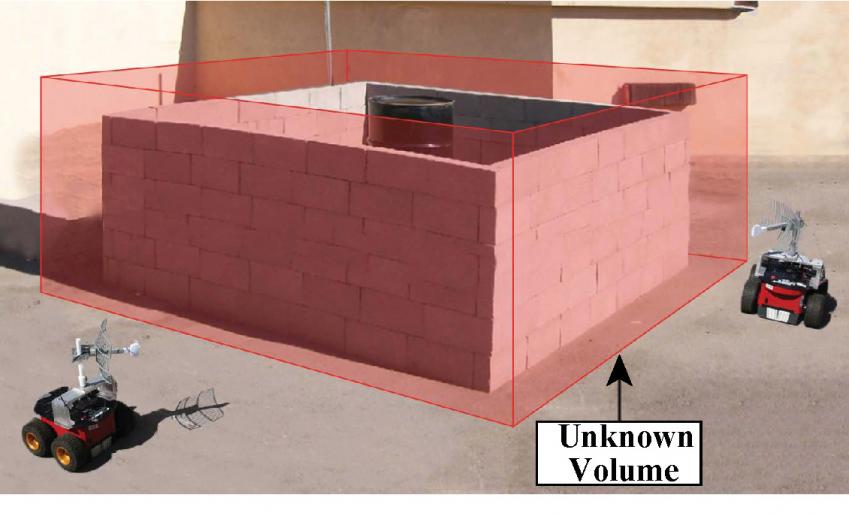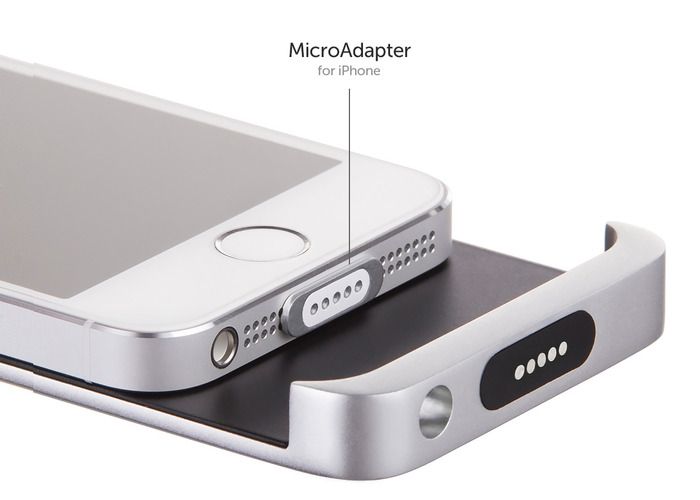Sep 25, 2015
The Future of Money
Posted by Michael Lee in categories: bitcoin, cryptocurrencies, disruptive technology, economics, mobile phones, wearables
Money is the primary mechanism for storing and exchanging value, especially in our daily purchases, and it’s heading rapidly into a faster, smarter and more mobile future. Nevertheless, the constant in the midst of change will remain levels of human trust in the proliferating forms of money. That’s because we have an ancient and abiding partnership with money and no relationship is ever sustainable without trust.
It’s a time of accelerated innovation in this field due to the rapid global expansion of digital banking, especially online and mobile financial services. However, while payments and transfer of money shift inexorably towards mobile devices as the consumer technology of choice, digital currencies expand in scope and number and online shopping begins to enter a golden age, cash is still the most successful and popular form of money ever. Its trust level, as public money backed up by a promise to pay from the government which minted and manufactured it, remains extremely high. This is evidenced by the way the Greeks turned to cash during their fiscal and monetary crisis which rocked the whole European Union, as well as by cash’s current 8.9% per annum average global growth rate. Cash is undoubtedly one of the most successful social technologies in history.
In short, the future of money will be mobile, faster in execution and settlement, and yet as heavily dependent on trust as ever. In my view, for that very reason, there’s unlikely to be a cashless world in this century. Nor is such a scenario desirable, unless you’re a fan of a Big Brother society largely dominated and dictated by multinationals more powerful than many national governments. A cashless world would subvert the economic freedom of citizens to choose the form of money and payment they want and, if that weren’t bad enough, it would lead inevitably to even further marginalisation of the world’s poor. Besides, cash is already universally trusted, instant in execution and mobile in nature (that is, just as portable as a smart phone).
That said, digital banking is here to stay and provides massive levels of convenience and efficiency. Financial institutions the world over are fiercely focused on developing omnichannel (“every channel”) strategies to provide seamless customer experiences across all their banking channels.
